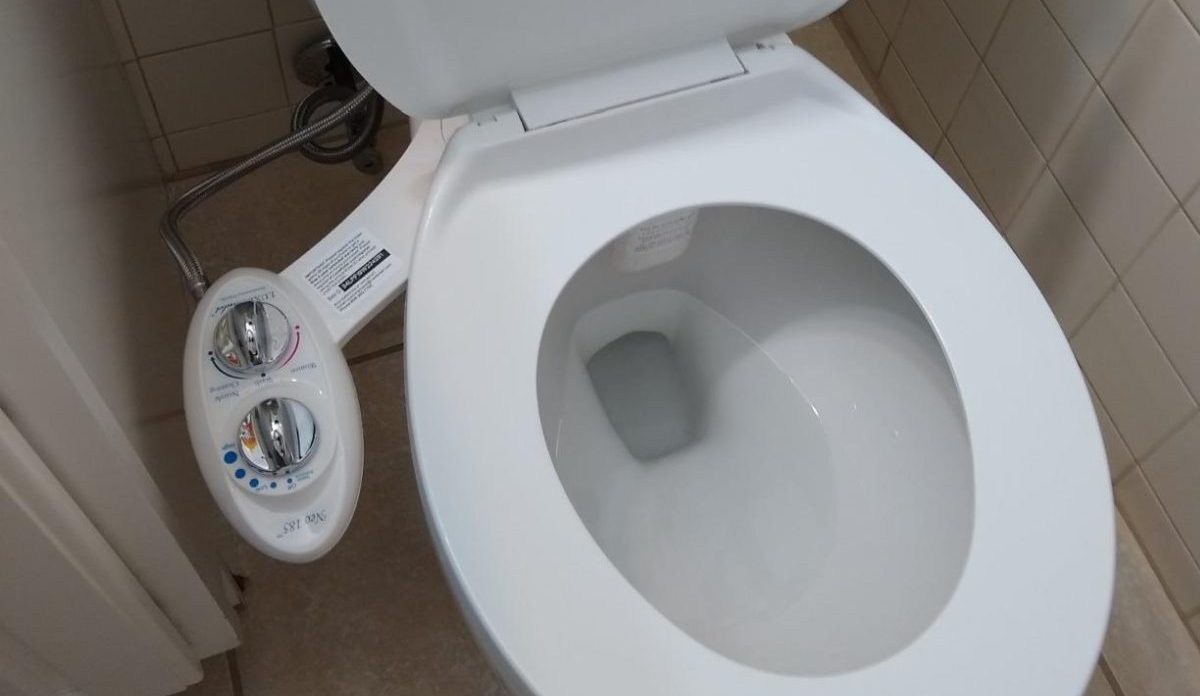In the realm of personal hygiene and sanitation, the bidet has emerged as a popular fixture in bathrooms around the world. Industry QA professionals, who are dedicated to ensuring the quality and safety of products, are increasingly interested in maintaining the cleanliness and hygiene of these devices. This has led to an interest in creating a homemade bidet sanitizera solution that is not only cost-effective but also customizable to meet specific sanitation needs.
The concept of a homemade bidet sanitizer is particularly appealing to those in quality assurance, as it allows for control over the ingredients and processes used, ensuring that the final product meets the stringent standards required by the industry. In this article, we'll delve into the steps to create your own sanitizer, as well as the benefits of using one.

Why Consider a Homemade Solution?
For QA professionals, the assurance of quality and safety is paramount. Commercial sanitizers may contain harsh chemicals that can be both ineffective and environmentally unfriendly. By creating a homemade bidet sanitizer, you can carefully select ingredients that are safe, effective, and eco-friendly. Additionally, a DIY approach allows for the formulation to be tailored to specific needs, such as sensitivity to certain substances or the desire for a particular scent.
Understanding the Basics of Bidet Hygiene
Before delving into the creation of a homemade bidet sanitizer, it is essential to understand the basics of bidet hygiene. Bidets are designed to provide a thorough cleaning experience, but without proper maintenance, they can become breeding grounds for bacteria and other pathogens. Regular cleaning with a reliable sanitizer is crucial to prevent the spread of germs and maintain optimal hygiene levels. For more information on how bidets work, you can check out this Wikipedia entry on bidets.
Ingredients for a Homemade Bidet Sanitizer
Creating your own bidet sanitizer requires a few simple ingredients, most of which you may already have at home:
- White vinegar: Known for its antibacterial properties, white vinegar is an excellent base for a sanitizer.
- Essential oils: Oils such as tea tree, lavender, or eucalyptus not only add a pleasant scent but also possess antimicrobial qualities.
- Distilled water: Ensures that the solution is free from impurities that could affect its efficacy.
- Rubbing alcohol (optional): For added disinfecting power, especially in high-use environments.
By combining these ingredients, you can create a powerful and effective homemade bidet sanitizer that meets industry standards. For a step-by-step guide on how to convert a hand shower to a bidet, visit our insightful guide.
Step-by-Step Guide to Creating Your Sanitizer
1. Begin by mixing one part white vinegar with one part distilled water in a spray bottle. This forms the base of your sanitizer.
2. Add 10-15 drops of your chosen essential oil. This not only enhances the scent but also boosts the antimicrobial properties of the solution.
3. For an extra layer of sanitation, consider adding half a cup of rubbing alcohol to the mixture.
4. Shake well to ensure all ingredients are thoroughly combined.
5. Label the bottle clearly, indicating the contents and date of preparation.
6. Store in a cool, dark place to preserve the effectiveness of the essential oils.
Using Your Homemade Bidet Sanitizer
To use your homemade bidet sanitizer, simply spray the solution onto the surfaces of the bidet, including the nozzle and control areas. Allow the solution to sit for a few minutes to ensure optimal disinfection before wiping clean with a soft cloth. Regular use will keep your bidet in top condition, ensuring a hygienic experience every time. For more on maintaining bidets, explore our article on waterproof bidet covers.
Benefits of a Homemade Bidet Sanitizer
Creating your own bidet sanitizer offers several benefits:
- Cost-effective: Homemade solutions are generally cheaper than commercial products.
- Environmentally friendly: By using natural ingredients, you reduce your environmental footprint.
- Customizable: Tailor the formula to meet specific needs or preferences.
- Safe: Control over ingredients ensures a safe product for your home.
Embracing a DIY approach to bidet sanitation not only aligns with quality assurance practices but also promotes a healthier and more sustainable lifestyle. For additional creative uses of bidets, check out our creative uses for bidets.

FAQs
What are the key ingredients in a homemade bidet sanitizer?
The key ingredients include white vinegar, essential oils, distilled water, and optionally, rubbing alcohol. These components work together to create an effective cleaning solution.
How often should I use the sanitizer on my bidet?
For optimal hygiene, it is recommended to use the sanitizer at least once a week, or more frequently in high-use environments.
Can essential oils be substituted in the recipe?
Yes, you can substitute essential oils based on personal preference or availability, but ensure that they possess antimicrobial properties.
This article contains affiliate links. We may earn a commission at no extra cost to you.






